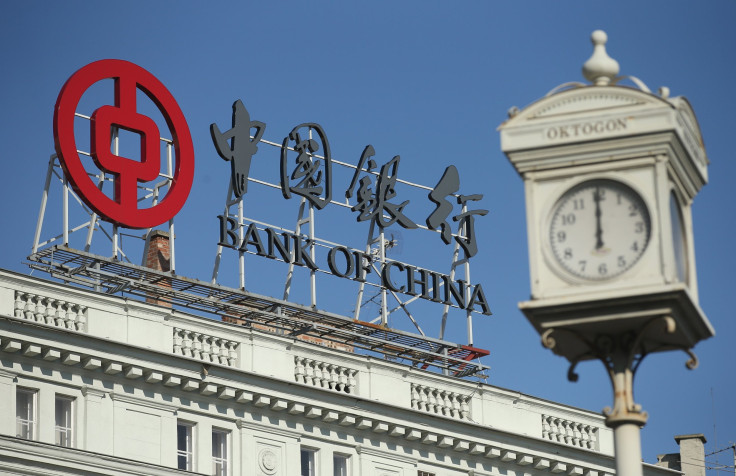Bank Of China Q3 Profits Decline For The First Time Since 2009 As Bad Loans Rise

Bank of China Ltd., one of the biggest state-owned banks in the country, reported a drop in profits for the first time since the peak of the 2009 financial crisis, as buildup of bad loans and interest rate liberalization hurt the lender. Net income for the three months ended Sept. 30 fell 1.5 percent to 40.8 billion yuan ($6.4 billion) from 41.4 billion yuan ($6.5 billion) a year earlier.
According to Bloomberg, the bank -- which is the country’s fourth-largest lender by assets -- set aside 16.3 billion yuan ($2.6 billion) in provisions for potential bad loans, marking an increase of 44 percent from a year earlier. The bank also said that its nonperforming loans stood at 129.07 billion yuan ($20.3 billion) at the end of the third quarter, up from 90.7 billion yuan ($14.3 billion) a year earlier.
The bank’s net interest margin -- the difference between the generated income interest and the amount of interest paid out to lenders -- also fell for the sixth consecutive quarter to 2.14 in the third quarter from 2.18 at the end of June, Reuters reported.
So far this year, China’s central bank has cut interest rates six times, significantly squeezing commercial lenders’ net interest margins. Sluggish loan demand -- a product of faltering Chinese economy -- has also hurt profitability, even as banks struggle with rising bad loans.
© Copyright IBTimes 2025. All rights reserved.






















